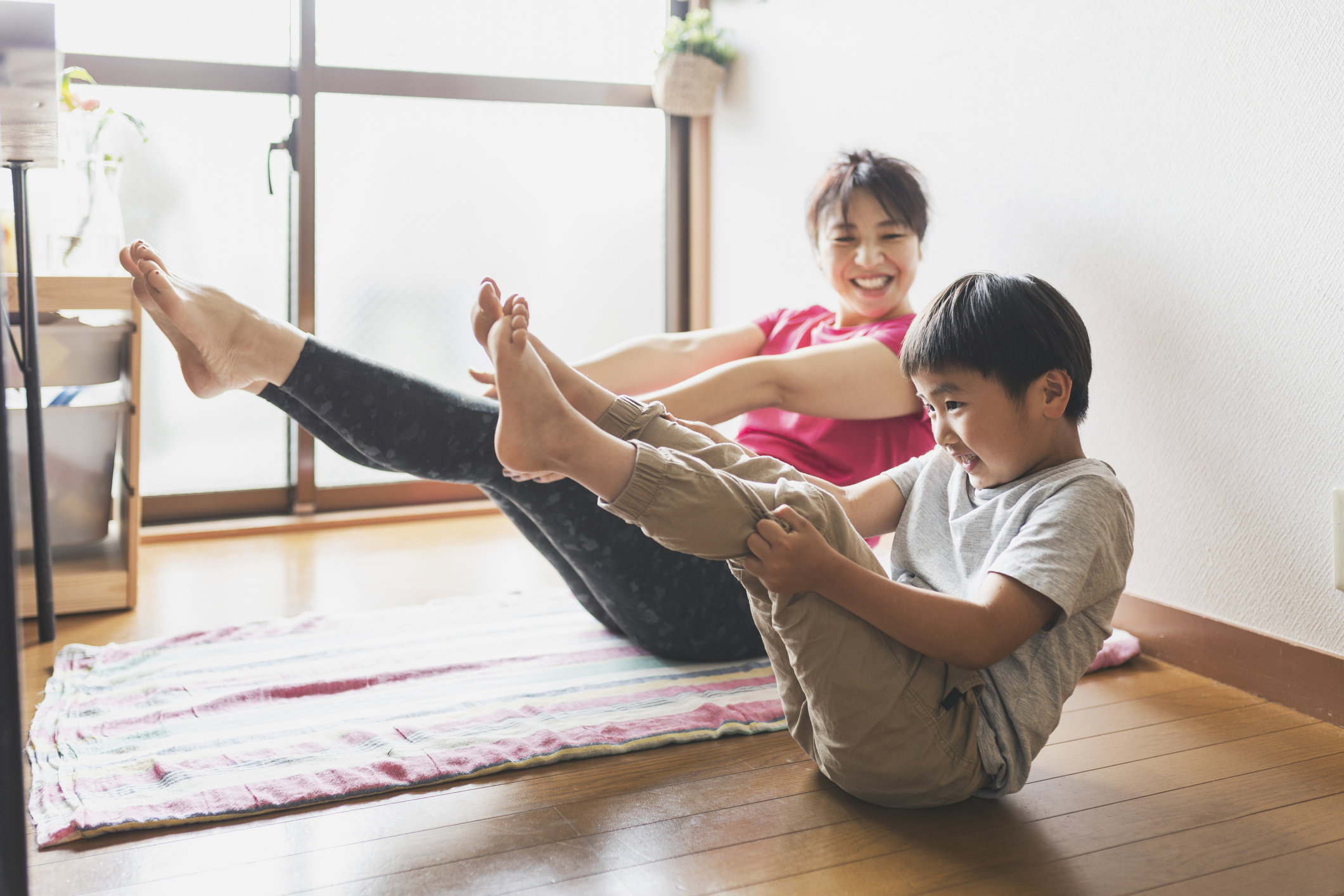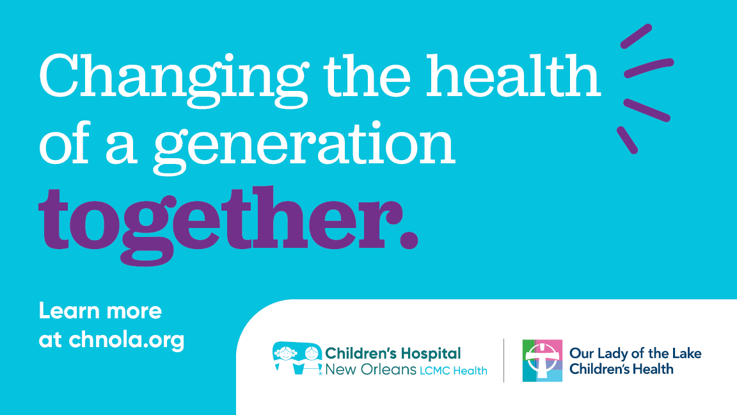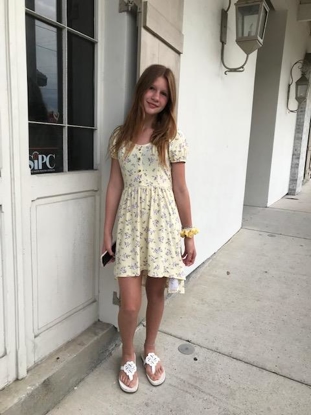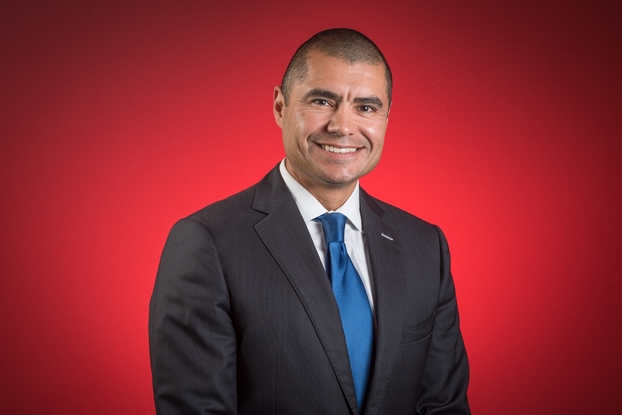From downward dog to child pose: The benefits of yoga and meditation for your mental health
- Category: General Health, Living Well
- Posted on:

Taking care of yourself can be challenging, especially in the hectic hustle and bustle of life events. But whether you can set aside 5 minutes or an hour in your day, there’s one thing you can do to help become your best self – practicing Yoga. Mentally, it is known to relieve stress, anxiety, insomnia and it can help with depression. Physically, it strengthens the spine, improves flexibility, lowers blood pressure and relieves muscle pain and headaches.
Annie Rooney is a therapist on the behavioral health unit and a trauma informed certified yoga teacher at Children’s Hospital New Orleans. She fell into the world of yoga poses after she injured herself running. She turned to yoga to just relieve the pain but found many more health benefits in the process, including:
- BALANCE. Yoga creates more balance between strength and flexibility. People that tend to be stronger and stiffer move towards flexibility while more flexible bodies create more grounding and strength. It also is mix of science, philosophy and art. Creating balance on our mats helps us do so in our daily lives.
- CLARITY. Yoga creates clarity of thought in practitioners. Flowing between each pose, it relaxes the mind and can bring about self-awareness and reflection.
- MENTAL TOUGHNESS. It is historically a practice of transformation that cultivates dedication and what is often referred to as “mental toughness.” It increases body awareness, relieves chronic stress patterns and sharpens concentration
- CALMNESS. It is a practice that allows for reflection and internal curiosity. It creates confidence and calmness – giving your mind a mental break from the busy thoughts and loud activity from the world outside.
HOW IT WORKS 
When holding poses, it creates a space in-between stimulus and response for students to pause and adjust. Instructors will call out poses, demonstrate and give alignment cues. Students are given the space to respond and explore as a result. These skills can be transferred into many other settings in our lives.
“Yoga allows people to self-regulate using both top-down and bottom-up processing. Top-down processing utilizes the mind and concentration to make sense of our surroundings. Bottom-up processing refers to using our bodies and senses to process sensory information. As you link your breath, brain and bodily movements, you can create new neural pathways that allow for alternate responses, thoughts and behaviors to life events,” says Rooney.
HOW TO GET STARTED
To get started, Rooney says all you need is the desire to learn. Make it a part of your daily routine – a stretch in the morning or a flow before bed – and it becomes a positive life-long habit.
“I practice every day, and I always advocate for doing a little something each day whether it is a small stretch or a full practice. Motion is lotion for our aging bodies,” says Rooney.
Even if you cannot afford to attend a formal class, there are many free resources in our community and online.
“I think going to a class is a great way to connect with others, and receiving feedback from teachers is helpful as you begin your practice,” says Rooney. “I would encourage you to try it and see for yourself how it impacts your body and mind. I’m grateful for yoga in my life. It allows me to bring my favorite self forward even in very tough situations.”



